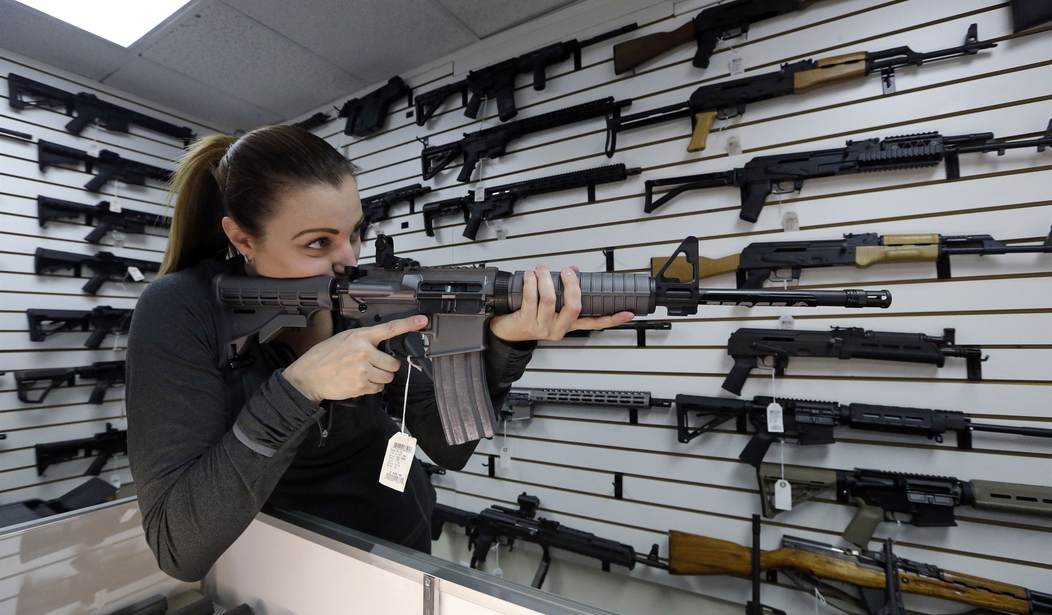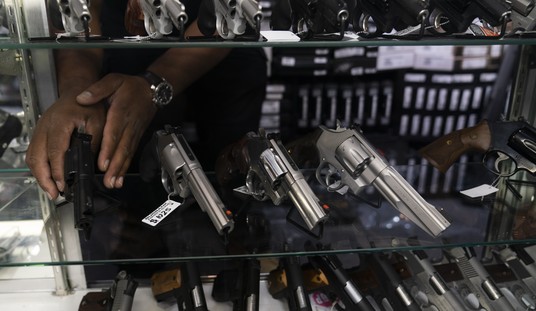On Monday, Cam wrote about how the Washington Post tried to frame the marketing of the AR-15. They got so much wrong in that piece that it’s downright laughable.
But they were committed to their 10-part series on a weapon they don’t remotely understand, so it’s unsurprising that we have another entry.
This one, however, isn’t much better.
You see, they’re basically trying to frame the AR-15 as a rifle that simply shouldn’t be available to you and me, but they miss some things.
It is revered as a modern-day musket.
It is reviled as a tool for mass killers.
The AR-15 wasn’t supposed to be a bestseller.
The rugged, powerful weapon was originally designed as a soldiers’ rifle in the late 1950s. “An outstanding weapon with phenomenal lethality,” an internal Pentagon report raved. It soon became standard issue for U.S. troops in the Vietnam War, where the weapon earned a new name: the M16.
*sighs*
The M16 and the AR-15 look like the same rifle. They’re extremely similar, even. However, they’re not the same.
The M16 is a select-fire weapon. The AR-15 isn’t.
They’re not the same thing, but far be it from the Washington freaking Post to get such a basic fact right. Why, they might actually have to learn something about the subject they’re covering and we can’t have that.
Moving on, it doesn’t get much better.
But few gunmakers saw a semiautomatic version of the rifle — with its shrouded barrel, pistol grip and jutting ammunition magazine — as a product for ordinary people. It didn’t seem suited for hunting. It seemed like overkill for home defense. Gun executives doubted many buyers would want to spend their money on one.
The industry’s biggest trade shows banished the AR-15 to the back. The National Rifle Association and other industry allies were focused on promoting traditional rifles and handguns. Most gun owners also shunned the AR-15, dismissing it as a “black rifle” that broke from the typical wood-stocked long guns that were popular at the time.
“We’d have NRA members walk by our booth and give us the finger,” said Randy Luth, the founder of gunmaker DPMS, one of the earliest companies to market AR-15s.
Today, the AR-15 is the best-selling rifle in the United States, industry figures indicate. About 1 in 20 U.S. adults — or roughly 16 million people — own at least one AR-15, according to polling data from The Washington Post and Ipsos.
Almost every major gunmaker now produces its own version of the weapon. The modern AR-15 dominates the walls and websites of gun dealers.
And do you know what they barely touch regarding that fact? It only became that way because of the United States government and the Assault Weapon Ban of 1994.
See, before the ban, it was a niche firearm. It was the kind of thing that some people were into, but most people could care less about.
Then they tried to ban it.
Well, gun owners are a contentious lot. We tend to get bent out of shape about any attempts to ban anything. So, when the assault weapon ban passed, a lot of people started getting interested in the AR-15. They bought ban-legal copies for a decade, then post-ban firearms afterward.
A renewed assault weapon ban would do nothing different. Even a national “buyback” would accomplish jack squat because most of us aren’t giving up our guns for anything.
However, there’s something interesting the Washington Post says about the AR-15. They call it the best-selling rifle in the nation.
Wouldn’t that make these rifles in common use, then?
The Supreme Court has some very specific things to say about guns in common use, especially with regard to trying to ban them. In short, they say you can’t do that.
That’s a tidbit that didn’t make it into the Washington Post’s reporting. You’re shocked, I know, but here we are.








